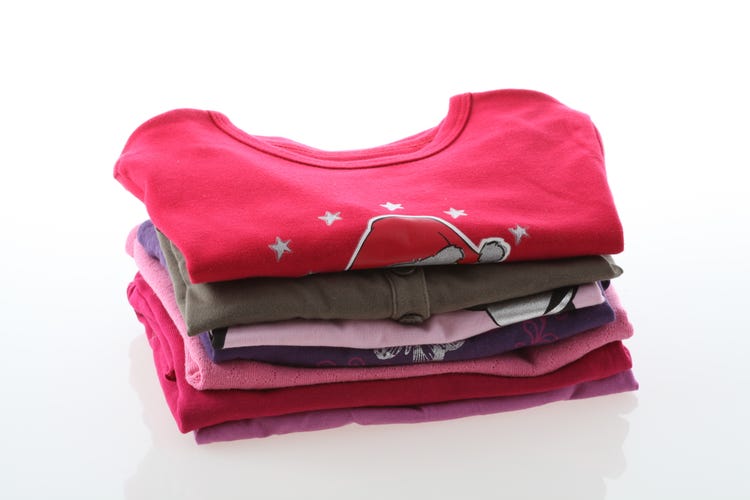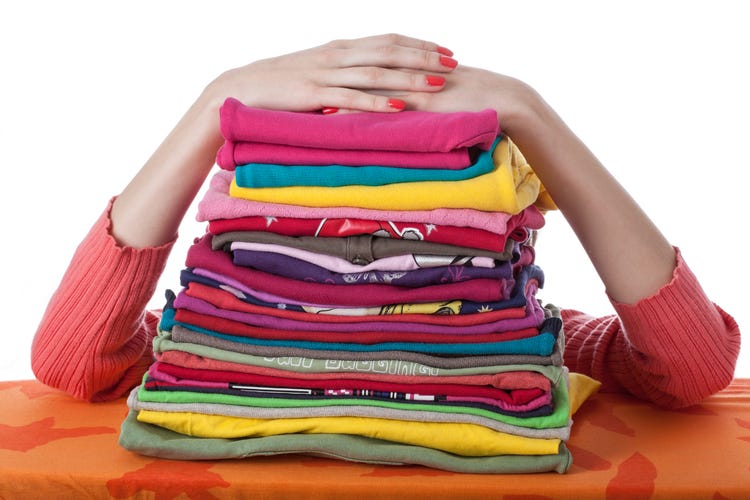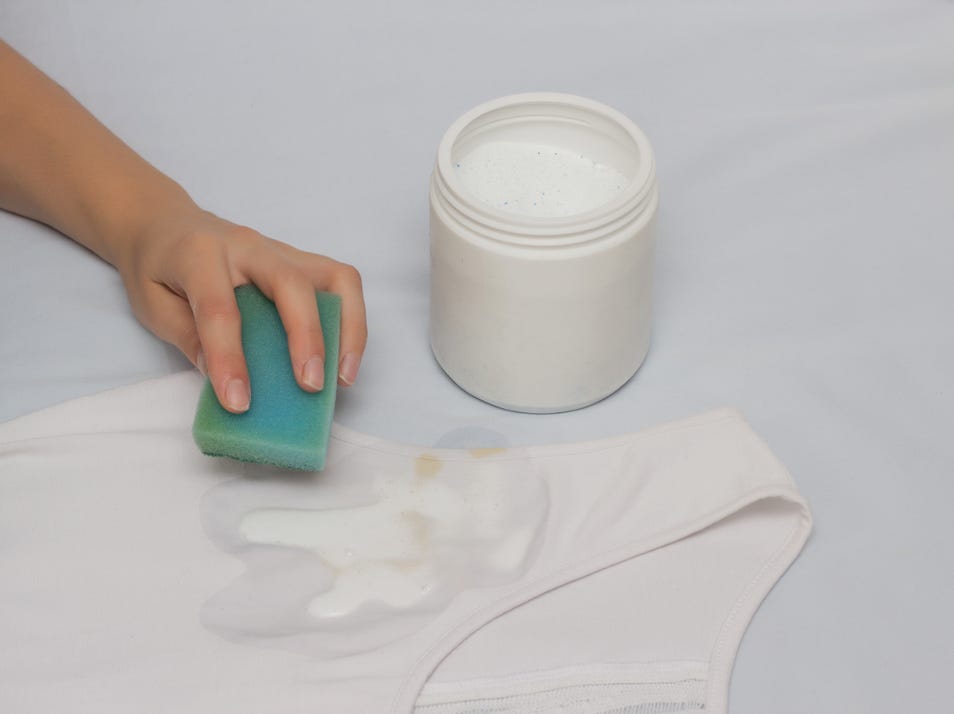How to Get Baby Food Stains Out of Clothes

Learn how to remove print from a T-shirt without damaging the fabric. Our guide provides effective, gentle methods, from heat application to natural solutions, ensuring your T-shirts stay intact.

T-shirts are a staple in almost every wardrobe. However, over time, prints, logos, or designs on them may start to fade, peel, or become less vibrant. Trying to get rid of an unwanted design or simply want to restore the shirt to its original state? Fortunately, there are several techniques to help you remove prints safely, preserving the fabric's quality and texture.
From simple home remedies to commercial products, learning how to remove print from clothes—especially delicate fabrics like linen—requires a little patience and the right approach. In this guide, we will explore several methods to remove print from shirt materials without causing harm. Let’s understand how to remove print from a t-shirt.
One of the most effective methods for how to remove the print from a t-shirt is by applying heat. This works particularly well for heat-transfer prints or vinyl designs that are typically pressed onto the fabric.
How it Works:
The heat helps to loosen the adhesive binding the print to the fabric. This makes it easier to peel off the print without leaving any residue behind.
Steps to Follow:
• Step 1: Place the T-shirt on a flat surface and cover the printed area with a cloth (preferably cotton).
• Step 2: Heat an iron on a low or medium setting. Gently press the iron onto the print for 10-15 seconds.
• Step 3: Once the print becomes soft, carefully peel it off with a pair of tweezers. If the print doesn't come off immediately, repeat the process until the print lifts.
This method is especially helpful if you're wondering how to remove rubber print from a T-shirt without damaging it.
For a more natural and eco-friendly approach, vinegar and baking soda can work wonders when you need to remove print from clothes. These kitchen ingredients are not only safe but also effective in breaking down the print’s adhesive.
How it Works:
The acidic properties of vinegar help dissolve the adhesive, while baking soda acts as a gentle abrasive, loosening the print from the fabric without damaging it.
Steps to Follow:
•Step 1: Mix equal parts of vinegar and water in a small bowl.
•Step 2: Apply the solution to the printed area and let it sit for a few minutes.
•Step 3: Sprinkle some baking soda over the vinegar solution, and use a soft brush or cloth to rub the print in circular motions.
•Step 4: Wash the T-shirt in cold water to rinse away the solution and the print.
This method is highly recommended for anyone asking, "How to remove print from a shirt without harsh chemicals?"
Rubbing alcohol is a tried-and-tested solution when dealing with ink or screen-printed designs on T-shirts. It's particularly useful for removing prints from fabrics like cotton, which are commonly used in T-shirt manufacturing.
How it Works:
Rubbing alcohol breaks down the ink or paint used in screen printing, making it easier to remove the print from the fabric.
Steps to Follow:
•Step 1: Dampen a cotton ball or soft cloth with rubbing alcohol.
•Step 2: Gently dab the print with the alcohol-soaked cotton ball, allowing it to soak in for a minute.
•Step 3: Rub the printed area in a circular motion until the print starts to lift off.
•Step 4: Wash the T-shirt immediately in cold water to remove any leftover alcohol.
This method is particularly useful for removing stubborn ink-based prints, especially if you want to know how to remove print from a shirt without damaging the fabric.
If home remedies aren’t working, you can always turn to commercial print removers specifically designed for removing prints from T-shirts without causing damage.
How it Works:
These products are formulated to break down the adhesives and pigments used in different printing methods while being safe for most fabrics.
Steps to Follow:
•Step 1: Purchase a print remover that is safe for use on your fabric type.
•Step 2: Follow the manufacturer’s instructions carefully. Typically, this involves applying the product to the print, waiting for a few minutes, and then gently rubbing it off.
•Step 3: Wash the T-shirt to ensure all residues are removed.
Commercial removers are particularly useful when you're struggling to remove rubber print from T-shirts or more complex print types.
For prints that are simply peeling or are partially lifting, a gentle scraping method can help remove the rest without harming the T-shirt.
How it Works:
Using a plastic scraper or your fingernail, you can carefully peel off the remaining bits of the print.
Steps to Follow:
•Step 1: Gently lift the edges of the print with your fingers or a plastic scraper.
•Step 2: Slowly peel off the print, being careful not to tear the fabric.
•Step 3: If any residue remains, follow it up with one of the above methods to fully clean the area.
This method works best for small sections of peeling print.
Removing print from a T-shirt doesn’t have to be a challenging task. With the right tools and techniques, you can restore your favourite T-shirts to their original, clean state. Whether you’re trying to get rid of a vinyl print, screen print, or rubber print, the methods outlined above will help you achieve a print-free shirt without damaging the fabric. From heat application to natural solutions like vinegar and baking soda, there are plenty of options to suit your needs.
By carefully selecting the best method, you can successfully remove print from clothes, including delicate fabrics like linen, and extend the life of your T-shirts. If you’re unsure about which method to use, always test on a small, inconspicuous area first. With a little patience, your T-shirts will look as good as new in no time.
Sources:
https://www.sciencedirect.com/topics/engineering/heat-bonding
https://www.healthline.com/health/ph-of-vinegar
https://www.armex.com/resources/sodium-bicarbonate-the-softer-blasting-abrasive/
https://www.sciencedirect.com/science/article/abs/pii/S0143720805002214
If you've ever spilled whitener on your clothes, you know how tough it can be to remove. But don’t worry—our step-by-step guide shares simple yet powerful stain removal techniques. Using everyday household products, you can lift the stains and restore your fabric in no time!


